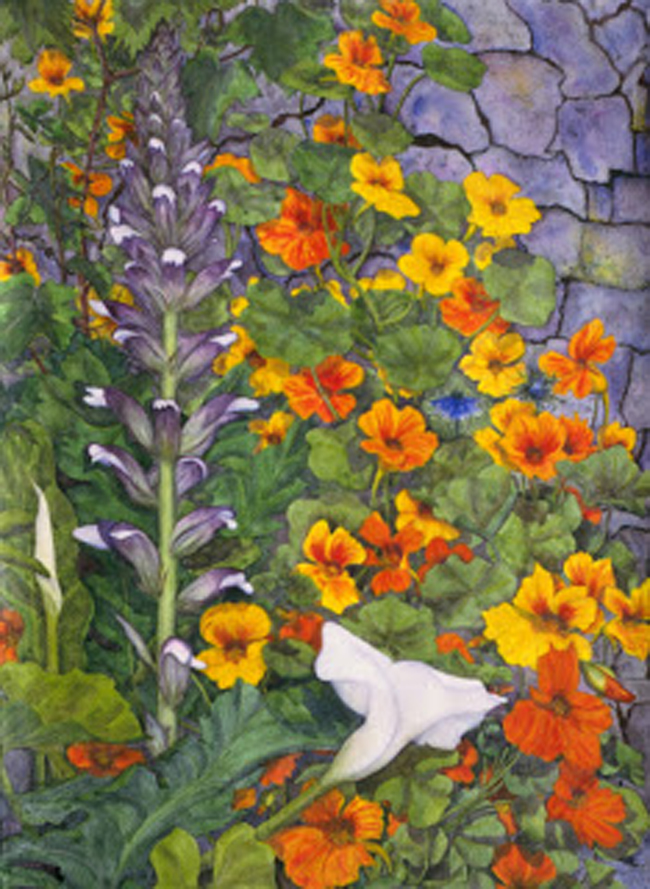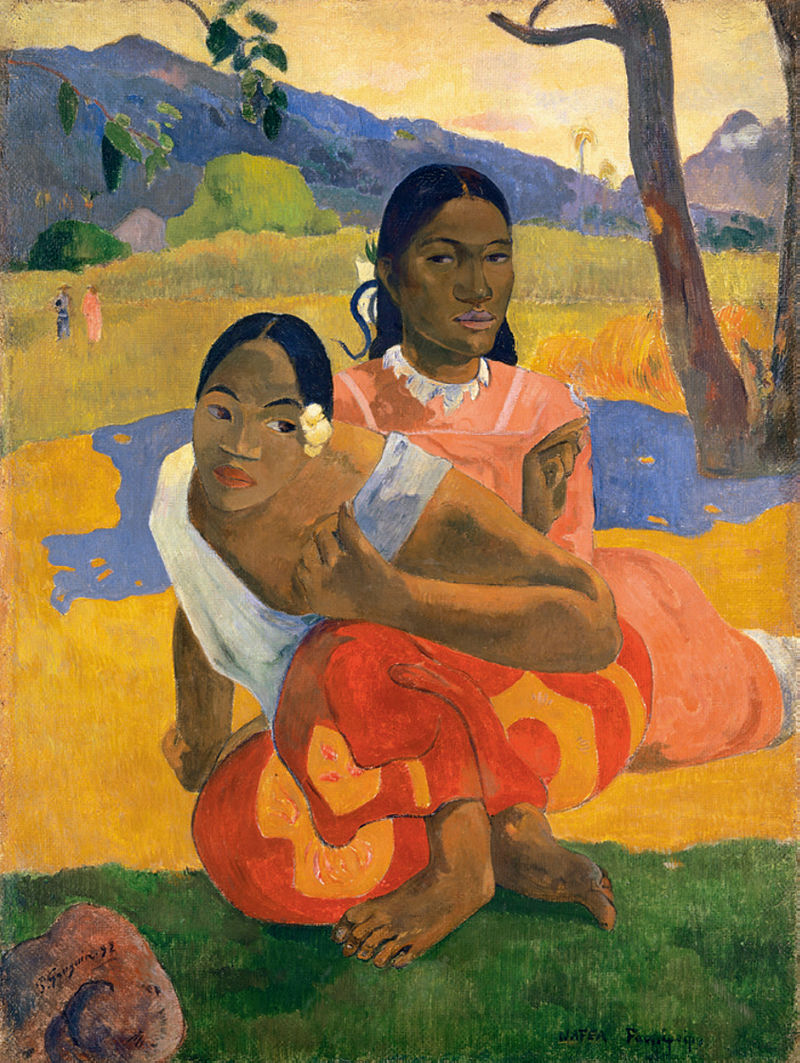Garden designers and gardeners have always recognised the role that design and art play in the formation of a garden, even - in some cases - a vegetable garden. The Royal Horticultural Society's Lindley Library (www.rhs.org.uk/learning/library/) is a wonderful collection of wisdom on gardening, its history and garden design. But any of us can have a great deal of fun in a garden when we regard it as a living canvas for our art.
Just as a painting has to be organised, so does a garden. Both really need structural "bones", an underlying structure on which to clad the later work of colour. Trees, foundation shrubs, permanent structures likes pergolas, columns or stone walls, all fall into this category. In the same way, it is often very rewarding to put down a totally abstract, strong under painting on canvas before you start on any image painting. For both garden or painting, it is really about creating an experience. John Dewey described in Art as Experience, "The artist selected, simplified, clarified, abridged and condensed according to his interest". Just as you plan a painting that excites, challenges and stimulates or soothes, calms and welcomes, so you can design a garden that elicits a host of reactions from anyone viewing it. Large or small, every garden soon has its own character and atmosphere.
Only after the initial underlying structure stage of creation can colour be added with success. On a canvas, yes, it is of course paint. In the garden, it is a bewildering array of plants which offer varying colour and shapes from leaves or flowers, annual or perennial, seasonality and size requirements.... all dependent on the micro and macro-climate you have. In other words, endless choices and fun. Nonetheless, in the garden, just as in a painting or drawing, the fewer the elements involved, the stronger they have to be from a visual point of view.
Gardening is in some ways more like some disciplines of contemporary art - the garden does not have to endure for a great length of time, given that you can use annuals or you know that everything will change as the seasons turn. But gardens, ideally, do share a longer term aspect of more traditional art - the trees and shrubs can potentially last for centuries, as an artist hopes his or her work on canvas, paper, clay, etc. will do....
Climbing the Wall, Palma, watercolour, Jeannine Cook artist
Whichever the creation, painting or garden, it can be the source of interest, pleasure and delight to innumerable other people. That compensates for the hours of planning and hard labour that have gone into the work... but at least in painting, you seldom get blisters!











